SpaceX's 97th launch overall for this year marked the seventh flight for X-37B, but the first time the space plane hitched a lift atop a Falcon Heavy rocket.
SpaceX wows with a double header of final 2023 rocket launches (photos, video)
SpaceX came close to 100 launches in 2023.
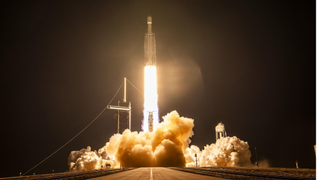
SpaceX capped off 2023 with not one but two rocket launches, bringing its total number of
- That blasted off from NASA's Kennedy Space Center in Florida at 8:07 p.m. EST (0107 GMT on Dec. 29).
- This marked the second Falcon Heavy flight of 2023.
Second up on the launch docket for Thursday, hours later, was a Falcon 9 liftoff carrying 23 SpaceX Starlink units to low Earth orbit from nearby Cape Canaveral Space Force Station.
- This launch took place at 11:01 p.m. EST (0401 GMT on Dec. 29).
- This was SpaceX's 98th and final launch of 2023, and the 96th flight for a Falcon 9 rocket this year.
Related: SpaceX Falcon Heavy rocket launches mysterious X-37B space plane for US Space Force after delays
SpaceX's 97th launch overall for this year marked the seventh flight for X-37B, but the first time the space plane hitched a lift atop a Falcon Heavy rocket. The X-37B/Falcon Heavy launch had been scrubbed several times previously due to bad weather and an issue with ground equipment.
The launch of 23 Starlink broadband satellites from Space Launch Complex 40 (SLC-40) at Cape Canaveral Space Force Station in Florida that capped off 2023 was also the 96th launch of a Falcon 9 rocket during this year.
SpaceX also posted images of this launch to its X feed.
SpaceX's next launch is targeted for Jan. 2, 2024 and will see a further 21 Starlink satellites lift to orbit to join the over 5,500 internet supplying units currently orbiting Earth.
----------------------------------------------------------------------------------------------------
INSERT
Look At An X-37B In Space With An Extended Payload Module
Space Force’s secretive X-37B just launched on its seventh mission, which will be its most ambitious, aboard a SpaceX Falcon 9 Heavy rocket.
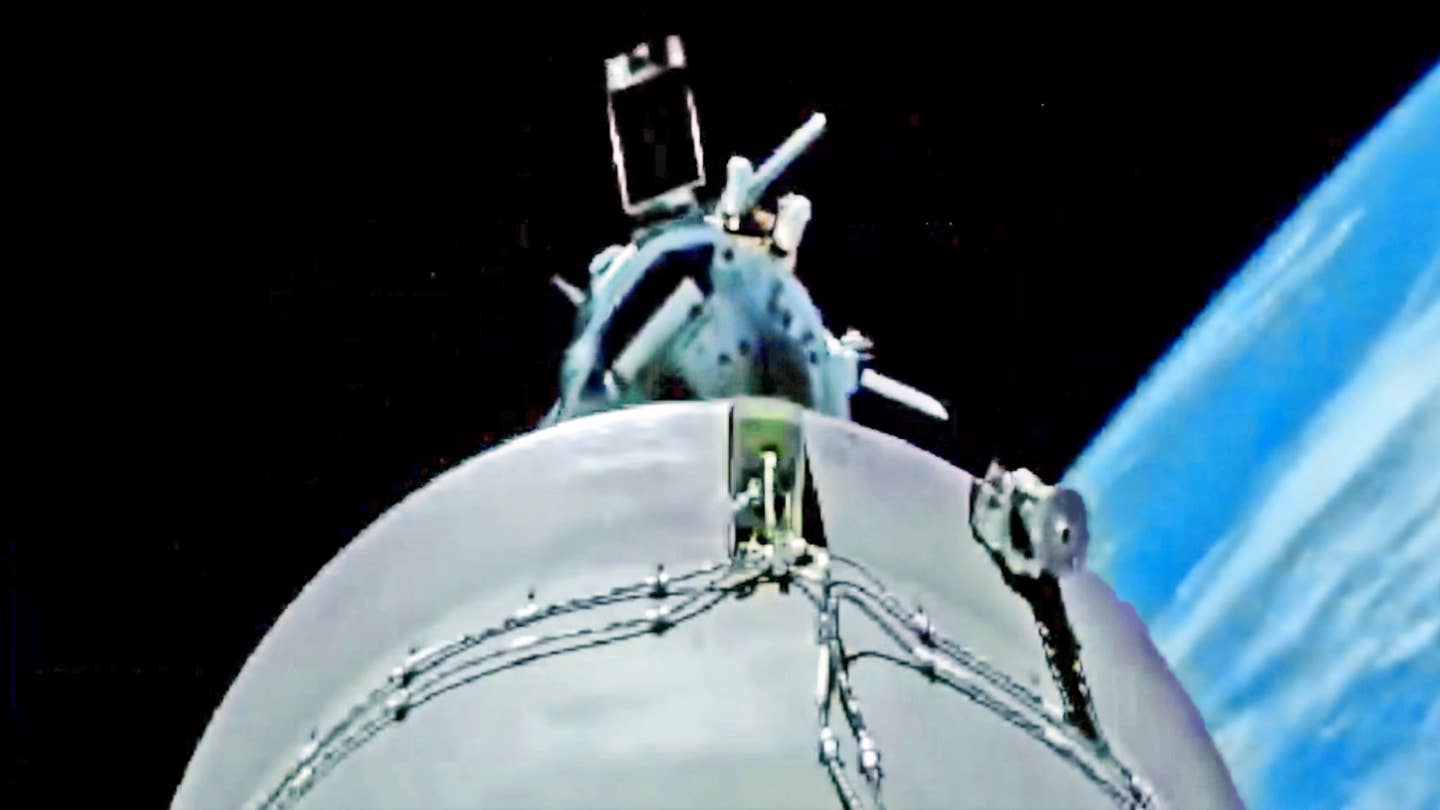
Boeing and SpaceX have shared footage of U.S. Space Force’s secretive X-37B mini-shuttles in space with a payload-laden service module attached. A brief video clip showing the X-37B with the module separating from its launch rocket after being lofted into space in 2020 was included in a video montage shown ahead of the latest launch of an X-37B yesterday. You can find out more about what we can expect from the new X-37B mission in The War Zone's previous reporting.
SpaceX broadcast the video montage that included the clip in question just minutes before a Falcon Heavy rocket with an X-37B on top blasted off from the Kennedy Space Center in Florida last night. User @DutchSpace on X, formerly known as Twitter, was among the first to spot the clip of the X-37B separating into space.
The montage begins at approximately 3:38 in the runtime of the video seen below.
Boeing previously released the footage of the service module-equipped X-37B in space, but it was not widely disseminated. The War Zone reached out to Boeing, which designed and built the two X-37Bs, originally for the U.S. Air Force, and continues to provide contractor support for the spaceplanes, as well as SpaceX, for more information. Boeing subsequently directed us to contact the U.S. Space Force for more details.
The rendering in the social media post from Boeing below (parts of which are also in the montage that SpaceX broadcast during its live stream) also shows exactly where in the launch sequence the footage of the service module-equipped X-37B in space comes from. The spaceplane is notably depicted here without the module.
The footage of the service module-equipped X-37B in space is from the start of the record-setting Orbital Test Vehicle 6 (OTV-6) mission, which began on May 17, 2020, and ended 908 days (nearly two and a half years) later on November 12, 2022. For OTV-6, the module is known to have been used to launch the U.S. Air Force Academy's FalconSat-8, a small cubesat, which can also be seen in the footage. You can read more about what is known about the OTV-6 mission here.
U.S. Space Force and Boeing only released the first pictures of the service module, including ones showing FalconSat-8 and other payloads loaded onto it, after the conclusion of the OTV-6 mission last year.
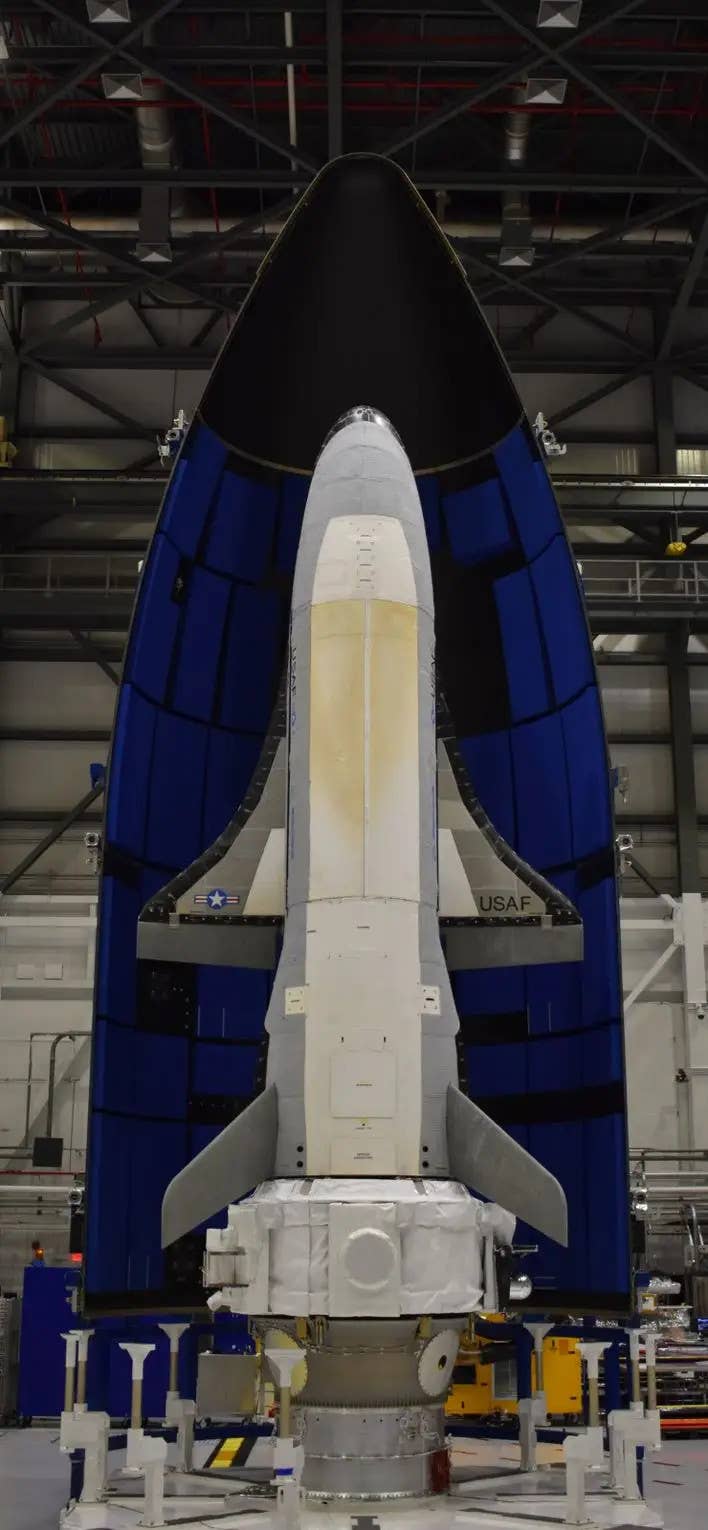
Boeing previously released similar footage of an X-37B without the service module separating from its launch rocket during the OTV-1 mission, which began on April 22, 2010, and ended on December 3 of that year.
Much about the X-37Bs and their missions do remain highly classified, which has led to much speculation, including about their potential use as space-based intelligence, reconnaissance, and surveillance (ISR) or weapons platforms. The War Zone has explored what is known about these spaceplanes and their capabilities in depth in the past.
The X-37B's latest mission, known as OTV-7, is as shadowy as ever. SpaceX pointedly did not provide any footage of the second stage of the Falcon Heavy containing spaceplane after launch, which a company representative said during the live stream was "at our customer's request."
Last night's launch, also known as USSF-52, was also the first time one of these spaceplanes has been put into orbit using a Falcon Heavy rocket. This would allow it to be placed in a much higher orbit than on previous missions, as The War Zone previously explored.
Space Force had already disclosed that OTV-7 will "include operating the reusable spaceplane in new orbital regimes" and there have been other indications that the mission could take the X-37B beyond the so-called geostationary orbit (GEO) belt around the Earth, as you can read more about here. The GEO belt is defined as being around 22,236 miles (35,786 kilometers) above sea level. Orbits that take spacecraft beyond the GEO belt are categorized as high earth orbits (HEO).
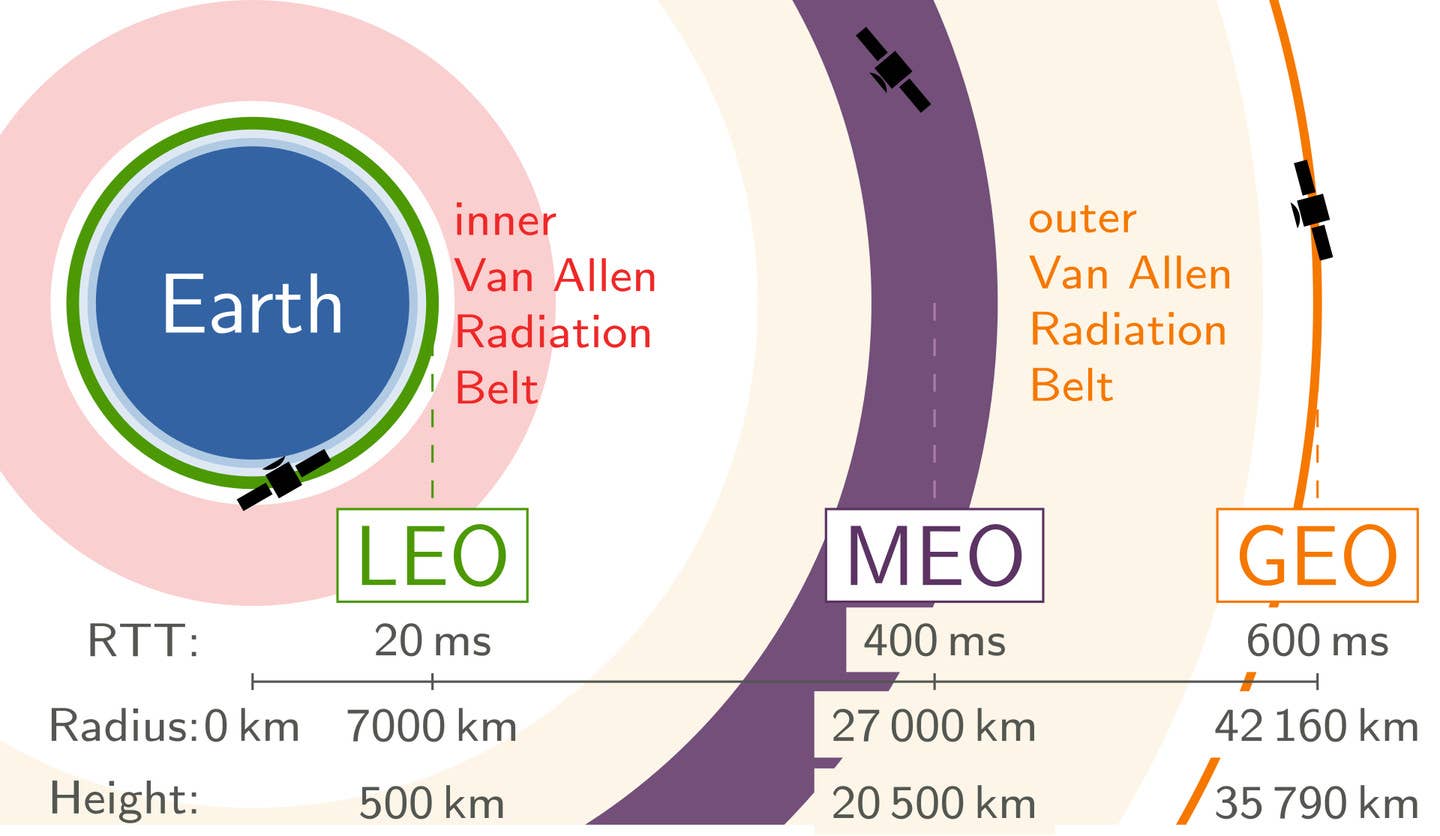
The U.S. government-operated website Space-Track.org has last night's launch its database (where the X-37B being used on the OTV-7 mission has also now been logged as USA 349), but no details about its orbit are provided.

What the OTV-7 orbit might look like remains unclear and it could also change significantly over the course of the mission. The X-37B is highly maneuverable and the spaceplanes have been observed changing their positions during previous missions. Reports in the past have suggested that the X-37B may be able to rapidly redirect itself by dipping one of its wings into Earth's atmosphere as it passes by.
Pennsylvania-headquartered private space surveillance firm COMSPOC had released a video showing a notional HEO scenario ahead of the launch. Bob Hall, COMSPOC's Director of Operations Integration, explained to The War Zone that this model was based on publicly available information. This includes warning notices to aviators and mariners about the impending launch and a previously released requirements document that mentioned OTV-7 and a requirement "to lift a certain mass to a geosynchronous transfer orbit (GTO)."
There's more to the story >>
----------------------------------------------------------------------------------------------------
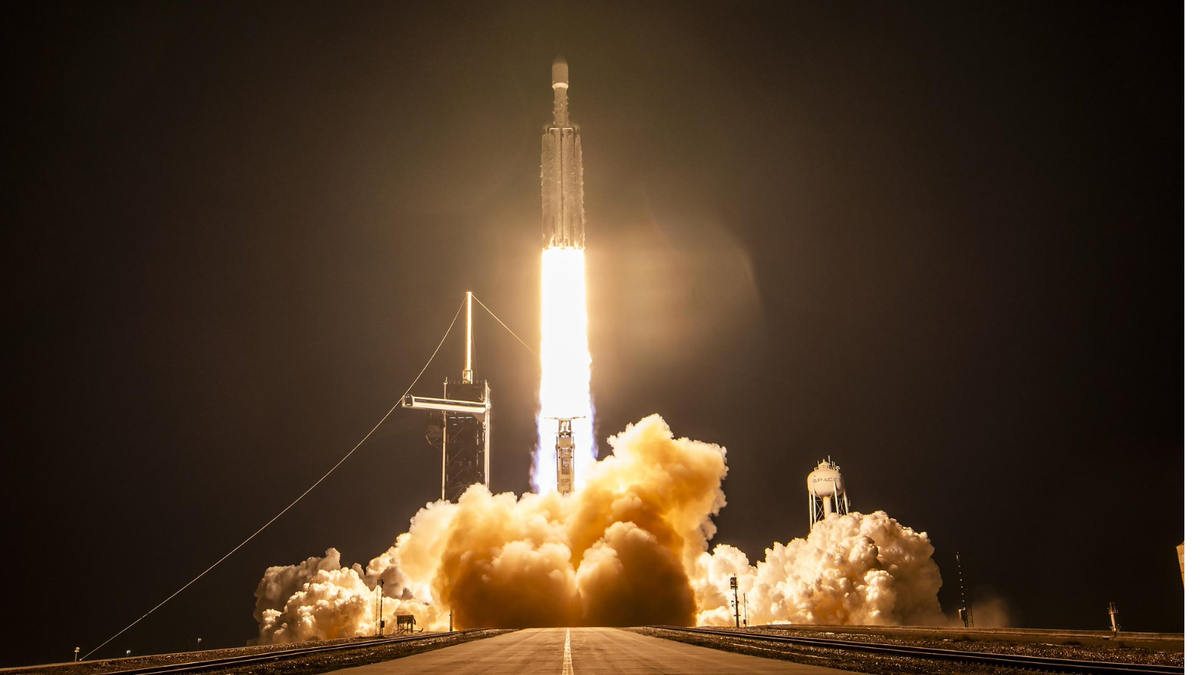




No comments:
Post a Comment